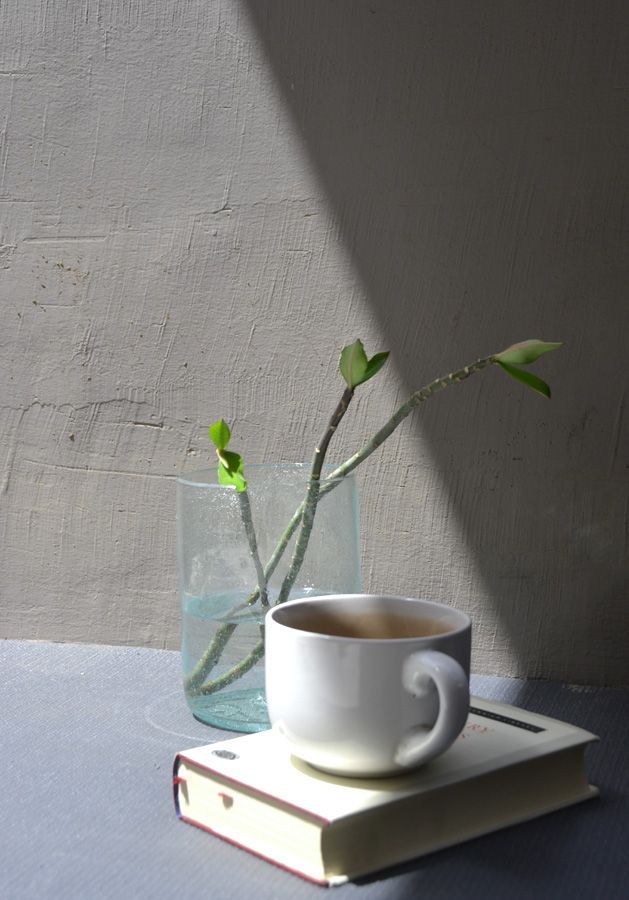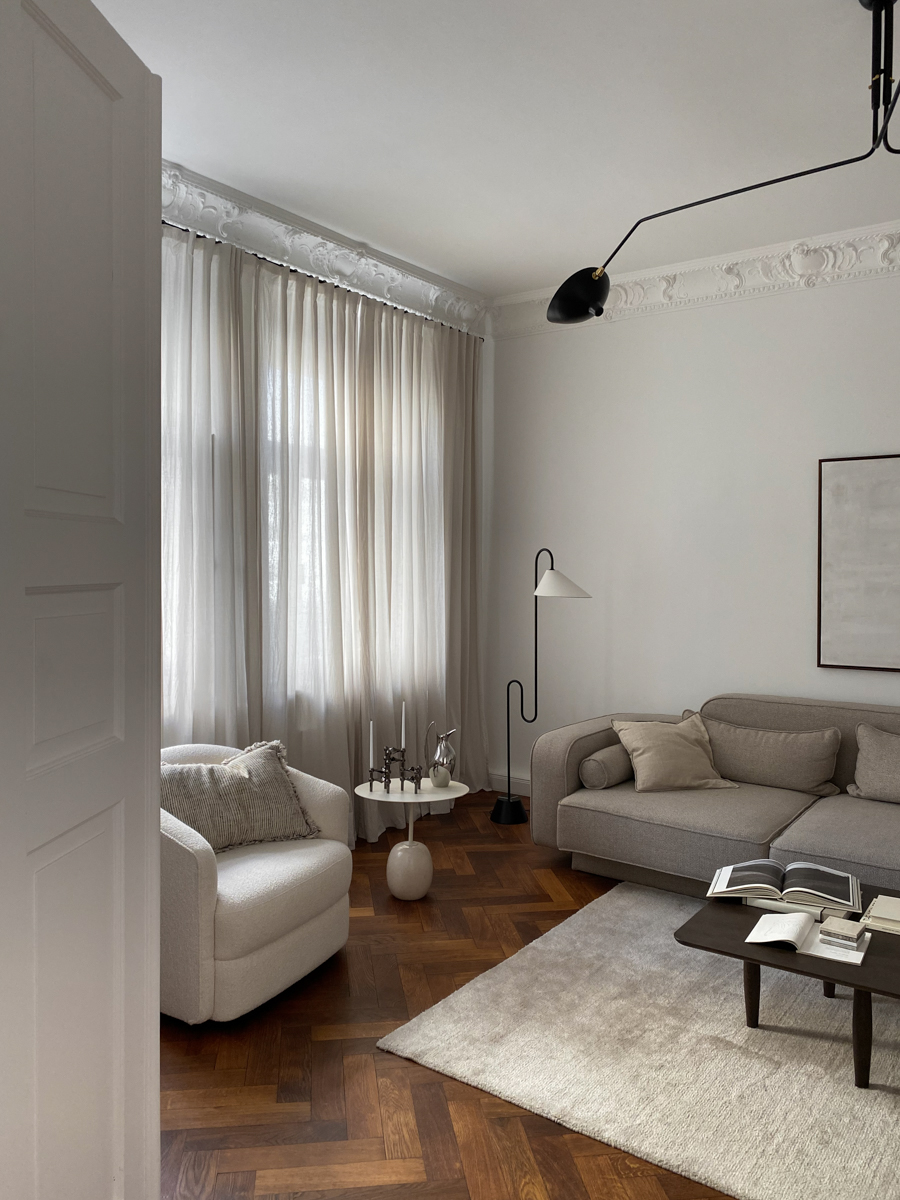In a world increasingly filled with material distractions and constant noise, a growing number of people are embracing the minimalist lifestyle. This philosophy is not just about decluttering and living with fewer possessions; it’s about cultivating a mindset that prioritizes simplicity, functionality, and purposeful living. The minimalist lifestyle aesthetics movement has gained significant momentum, as individuals seek to create harmony in their lives and environments.
Understanding Minimalist Lifestyle Aesthetics
Minimalist lifestyle aesthetics is the practice of living with only the essentials, emphasizing simplicity and functionality. It’s about paring down your life to what truly matters and finding joy in the absence of clutter. This approach to living is not just about the physical aspects of your surroundings but also the mental and emotional aspects of your life.
The Core Principles of Minimalist Lifestyle Aesthetics
- Simplicity: Minimalist aesthetics prioritize simplicity in all aspects of life, from the design of your living space to the clothes you wear and the possessions you own.
- Functionality: Every item in a minimalist lifestyle should serve a clear purpose and contribute to the overall functionality of your daily life.
- Intentionality: Minimalists make conscious decisions about what they bring into their lives, focusing on items that align with their values and support their goals.
- Mindfulness: The minimalist lifestyle encourages a heightened sense of awareness and mindfulness, allowing individuals to be present and appreciate the simplicity around them.
- Sustainability: Minimalism often goes hand-in-hand with a more sustainable approach to consumption, reducing waste and environmental impact.
The Benefits of Embracing Minimalist Lifestyle Aesthetics
- Reduced Stress and Improved Well-being: Living with less clutter and fewer possessions can lead to a sense of calmness, clarity, and reduced stress.
- Financial Freedom: Minimalism often results in significant savings, as individuals focus on essential purchases and avoid impulse buys.
- Increased Productivity and Focus: A minimalist environment can help individuals stay focused and productive, as they are not distracted by visual clutter.
- Increased Appreciation for Experiences: Minimalists often prioritize experiences over material possessions, leading to a more fulfilling and meaningful life.
- Environmental Sustainability: The minimalist approach to consumption and living can have a positive impact on the environment by reducing waste and resource consumption.
Exploring Minimalist Aesthetics Style

The minimalist aesthetic style is characterized by clean lines, neutral colors, and a focus on natural materials. It’s all about creating a calming and uncluttered space that promotes a sense of tranquility. This style is often associated with a sleek, modern look, but it can also be applied to more traditional or rustic spaces.
The Key Elements of Minimalist Aesthetic Style
- Color Palette: Minimalist aesthetics typically feature a neutral color palette, such as whites, grays, blacks, and natural hues, which create a sense of calm and serenity.
- Simplicity of Form: Minimalist design emphasizes clean, simple lines and forms, with a focus on functionality and the absence of unnecessary ornamentation.
- Natural Materials: Minimalist aesthetics often incorporate natural materials, such as wood, stone, and metal, which add warmth and texture to the space.
- Uncluttered Spaces: Minimalist spaces are characterized by an absence of visual clutter, with a focus on creating a sense of openness and airiness.
- Intentional Decor: Minimalist decor is sparse, with carefully selected pieces that serve a specific purpose or add visual interest to the space.
The Versatility of Minimalist Aesthetic Style
Minimalist aesthetics can be applied to various design styles, from modern and contemporary to traditional and rustic. The key is to focus on simplicity, functionality, and a cohesive visual aesthetic. This versatility allows individuals to create a minimalist space that aligns with their personal style and preferences.
The Essence of Aesthetic Minimalism
Aesthetic minimalism is all about creating a visually pleasing space by paring down to the essentials and highlighting the beauty of simple forms. It’s about removing distractions and focusing on what’s truly important, whether that’s the architecture, the furniture, or the overall ambiance of the space.
The Art of Simplifying
Minimalist aesthetics encourage individuals to remove unnecessary elements and focus on the core essence of a design or space. This process of simplification can involve decluttering, paring down decor, and choosing only the most essential pieces.
The Importance of Balance
Achieving the perfect balance in a minimalist space is crucial. This includes striking a balance between positive and negative space, light and dark, and the various textures and materials used.
The Beauty of Negative Space
Minimalist aesthetics often embrace the power of negative space, allowing the eye to rest and appreciate the beauty of what’s present, rather than being overwhelmed by visual clutter.
The Role of Natural Elements
Incorporating natural elements, such as wood, stone, and plants, can add warmth and texture to a minimalist space, creating a harmonious and grounding atmosphere.
The Significance of Focal Points
In a minimalist space, focal points become more pronounced and significant, as they are not competing with other visual elements. These focal points can be architectural features, artwork, or carefully selected pieces of furniture.
Embracing the Minimalist Lifestyle

Embracing the minimalist lifestyle means living with less stuff and focusing on what truly matters. It’s about simplifying your life, reducing stress, and finding freedom in the absence of clutter.
Decluttering and Letting Go
The first step in embracing the minimalist lifestyle is to declutter your living space. This involves going through your possessions and deciding what’s essential and what’s just taking up space.
Mindful Consumption
Minimalists are mindful about their consumption habits, focusing on purchasing only what they need and avoiding impulse buys. This approach helps to reduce waste and save money.
Prioritizing Experiences Over Possessions
Minimalists often prioritize experiences over material possessions, investing in travel, education, and relationships rather than accumulating more stuff.
Finding Joy in the Simple Things
Embracing the minimalist lifestyle allows individuals to find joy in the simple things in life, such as spending time in nature, reading a book, or engaging in meaningful conversations.
Cultivating a Minimalist Mindset
Becoming a minimalist is not just about the physical aspect of living with less; it’s also about cultivating a mindset that values simplicity, intentionality, and mindfulness.
Trends in Minimalism Lifestyle
The minimalist lifestyle is becoming increasingly popular, especially among millennials. People are tired of living in cluttered spaces and are looking for ways to simplify their lives.
The Rise of Tiny Homes and Micro-living
One of the most significant trends in the minimalist lifestyle is the growing popularity of tiny homes and micro-living. These small, efficient living spaces encourage people to live with fewer possessions and focus on the essentials.
The Popularity of Capsule Wardrobes
Another trend in the minimalist lifestyle is the capsule wardrobe, where individuals curate a small collection of versatile, high-quality clothing items that can be mixed and matched.
The Embrace of Digital Minimalism
As technology has become increasingly pervasive in our lives, some minimalists have embraced the concept of digital minimalism, focusing on limiting their digital distractions and focusing on the most important digital tools and activities.
The Emphasis on Sustainable Living
Minimalism often goes hand-in-hand with a more sustainable approach to living, as individuals seek to reduce their environmental impact and consume fewer resources.
The Shift Towards Shared Economies
The minimalist lifestyle has also contributed to the rise of shared economies, where people rent or borrow items rather than owning them outright, further reducing the need for material possessions.
Creating Minimalist Aesthetic Outfits
Creating minimalist aesthetic outfits is all about simplicity and functionality. Choose classic pieces in neutral colors and pair them with essential accessories.
Essentials for a Minimalist Wardrobe
- Well-fitting, versatile tops in neutral colors (e.g., white, black, gray)
- High-quality, timeless bottoms (e.g., straight-leg jeans, black trousers)
- Comfortable, minimalist footwear (e.g., leather sneakers, ballet flats)
- A few classic, interchangeable accessories (e.g., a leather belt, a simple necklace)
Mixing and Matching for a Cohesive Look
The beauty of a minimalist wardrobe is the ability to mix and match different pieces to create a variety of outfits. Experiment with layering, proportions, and subtle details to achieve a polished, minimalist aesthetic.
Incorporating Sustainable Fabrics
When building a minimalist wardrobe, consider investing in high-quality, sustainable fabrics that are durable and long-lasting, reducing the need for frequent replacement.
Accessorizing with Intention
Minimalist accessories, such as a leather tote, a minimal watch, or a delicate chain necklace, can elevate a simple outfit and add a touch of personal style.
Embracing a Capsule Wardrobe
A capsule wardrobe, which consists of a carefully curated selection of versatile pieces, can make getting dressed more effortless and align with the minimalist aesthetic.
wfriv.xyz